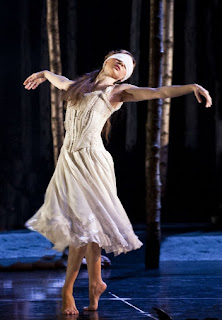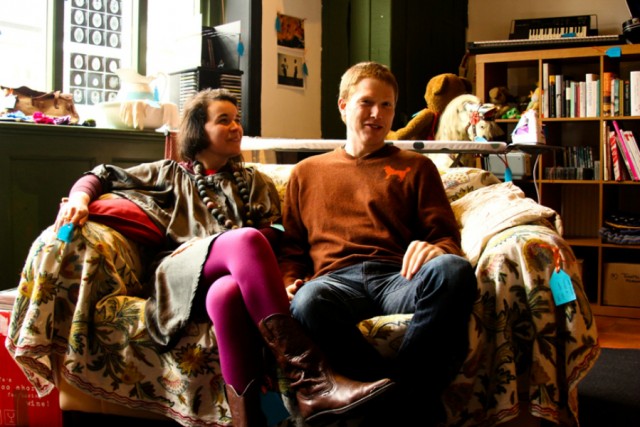A night at the pub has a new way with words
This week sees Chester Performs make its quest to cultivate Cestrian culture a late night affair as it launches its first ever Poetry Pub Tour.
Tim Clare, the award-winning, popular stand-up poet and presenter of the Channel 4 series How To Get A Book Deal, is our host for the evening; an engaging, hilarious and talented wordsmith, Clare was also the creator of the Poetry Takeaway which featured at the 2012 Essar Chester Literature.
Tim Clare, the award-winning, popular stand-up poet and presenter of the Channel 4 series How To Get A Book Deal, is our host for the evening; an engaging, hilarious and talented wordsmith, Clare was also the creator of the Poetry Takeaway which featured at the 2012 Essar Chester Literature.
We start at The Bear and Billet, then zigzag our way through rhyme, past metaphor and up Lower Bridge Street via The Cross Keys and Ye Olde Kings Head, before finally ending up at the Marlbororough (Yep, that is spelt correctly) Arms.
The formula is a winning one: everyone buys a drink, we sit, Tim chats to us and makes us laugh a lot, reads us one or two of his brilliant poems, we chat some more, then move on to the next pub... Sounds simple? Maybe so, but the best things always are.
To kick things off at the Bear and Billet, Tim recites a poem he has composed about a servant locked in a room for laziness and left to starve, whose ghost is still supposedly heard sobbing to this day. Since the pub, we learn, was the birthplace of John Lennon’s grandmother, the poet cleverly inserts one or two of said Beatle’s lyrics into the verse. To counter any surfeit doom and gloom at the Cross Keys Clare reads a piece, from his first published poetry collection, about ‘Beer Ghost’ – that strange phantom that only ever seems to visit and turn your room upside down when you’ve had a heavy night out.
Later at Ye Olde King’s Head, with a dozen of us gathered round him and with his trusty uke in hand, Tim delights us with the musical tale of one peculiar, old gent , a row boat and a quest to thwart the Oxbridge boat races, from his album of spoken and sung verses, Jesus buys me Cigarettes.
The formula is a winning one: everyone buys a drink, we sit, Tim chats to us and makes us laugh a lot, reads us one or two of his brilliant poems, we chat some more, then move on to the next pub... Sounds simple? Maybe so, but the best things always are.
To kick things off at the Bear and Billet, Tim recites a poem he has composed about a servant locked in a room for laziness and left to starve, whose ghost is still supposedly heard sobbing to this day. Since the pub, we learn, was the birthplace of John Lennon’s grandmother, the poet cleverly inserts one or two of said Beatle’s lyrics into the verse. To counter any surfeit doom and gloom at the Cross Keys Clare reads a piece, from his first published poetry collection, about ‘Beer Ghost’ – that strange phantom that only ever seems to visit and turn your room upside down when you’ve had a heavy night out.
Later at Ye Olde King’s Head, with a dozen of us gathered round him and with his trusty uke in hand, Tim delights us with the musical tale of one peculiar, old gent , a row boat and a quest to thwart the Oxbridge boat races, from his album of spoken and sung verses, Jesus buys me Cigarettes.
The fact that this evening’s event was the first of its kind means that the time spent at each venue is perhaps a little more rigorously observed at first than it should be, but after a pub (and pint) or two the night happily reaches a more natural pace.
It’s so incredibly refreshing to pass an evening with a mix of such warm and friendly faces from every age group, come together through a love of poetry to share laughs over a drink and learn about the fascinating, and often grisly, history of the city’s pubs in the process.
Were Chester Performs to make the tour a monthly occurrence, with an ever changing list of venues and visiting poets, the night would quickly become an absolute city favourite both for locals and for curious tourists after something a little different.
To find out more about Tim Clare and purchase some of his poetry and other writing, visit
http://www.timclarepoet.co.uk/
http://www.timclarepoet.co.uk/









































